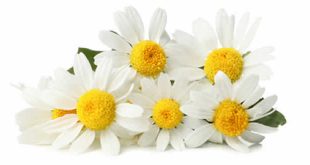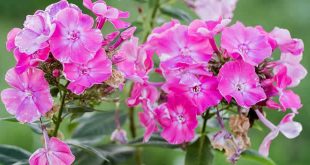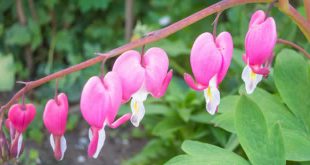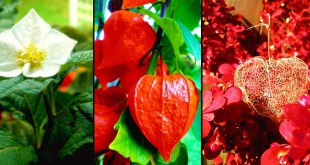 Poinsettia — Poinsettias (Euphorbia pulcherrima) are flowers of Mexican origin, native to the Pacific coast of the United States, some parts of central and southern Mexico (including the Mexican Pacific coast), and a few localities in Guatemala. They are named after Joel Roberts Poinsett, the first United States Ambassador to Mexico (technically first U.S. envoy to Mexico), who introduced the plant in the U.S. in 1825.
Poinsettia — Poinsettias (Euphorbia pulcherrima) are flowers of Mexican origin, native to the Pacific coast of the United States, some parts of central and southern Mexico (including the Mexican Pacific coast), and a few localities in Guatemala. They are named after Joel Roberts Poinsett, the first United States Ambassador to Mexico (technically first U.S. envoy to Mexico), who introduced the plant in the U.S. in 1825.
Alternative names for the poinsettia are Mexican flame leaf, Christmas star, Winter rose, Noche Buena, Lalupatae, (Alexandrian, in Greece), (“Atatürk’s Flower”, in Turkey), Pascua and Stelle di Natale (in Italy).
Poinsettias are shrubs to small trees, typically reaching a height of 0.6 to 4 m (2 to 16 ft). The plant bears dark green dentate leaves that measure 7 to 16 cm (3 to 6 inches) in length. The top leaves, known as bracts, are flaming red, pink, or white and are often mistaken as flowers. The actual flowers are grouped within the small yellow structures found in the center of each leaf bunch, which are called cyathia.
Poinsettias are found in the wild in deciduous tropical forest at moderate elevations from southern Sinaloa down the entire Pacific coast of Mexico to Chiapas and into Guatemala. It is also found in the interior in the hot, seasonally dry forests of Guerrero, Oaxaca, and Chiapas.
Cultivars have been produced with orange, pale green, cream and marbled leaves.
There are 109 varieties of poinsettias available, but 74% of Americans prefer red poinsettias, 8% prefer white, and 6% prefer pink.
 Kids Portal For Parents India Kids Network
Kids Portal For Parents India Kids Network




